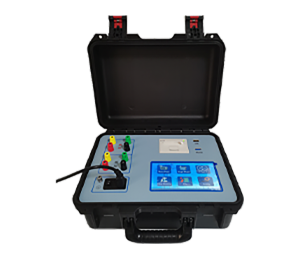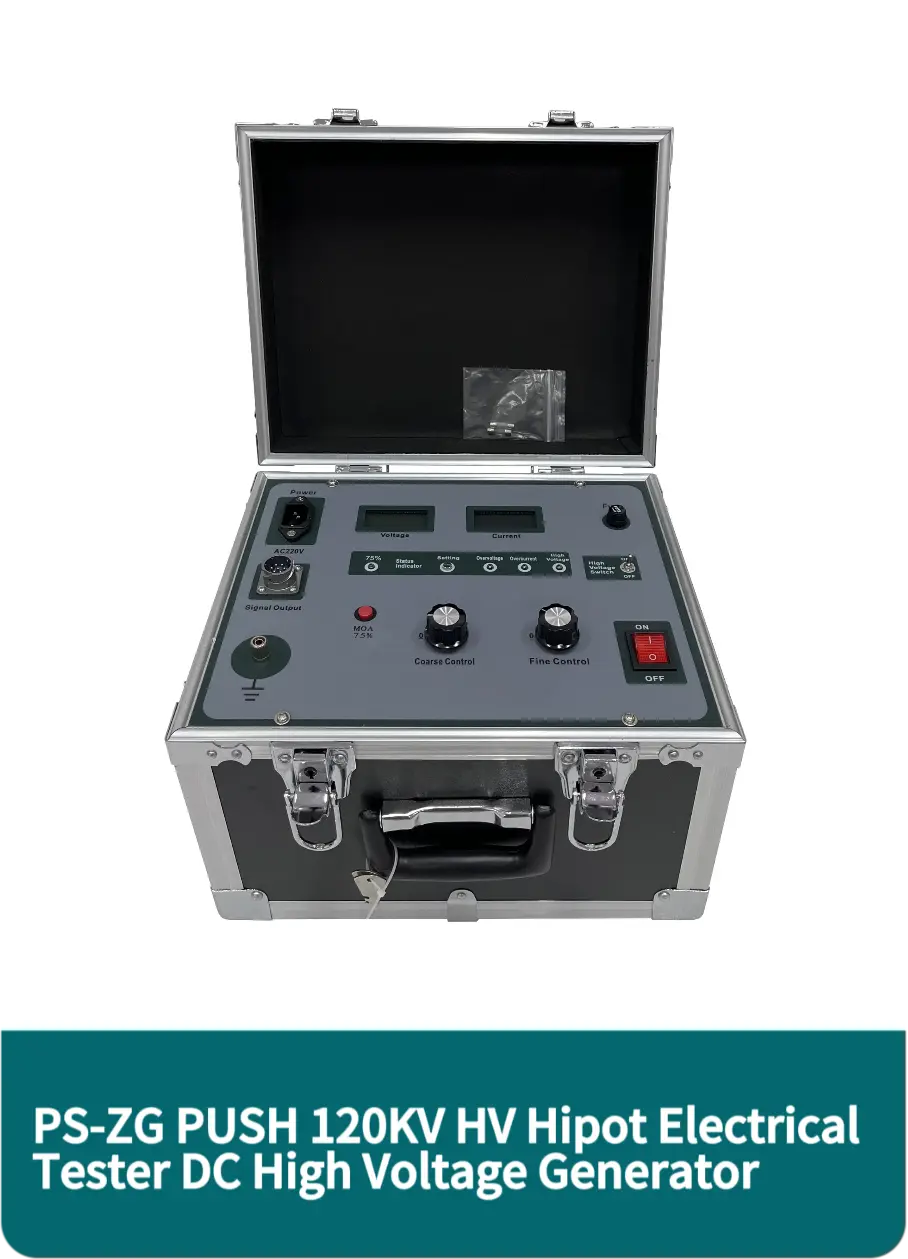 English
English



-
 Afrikaans
Afrikaans -
 Albanian
Albanian -
 Amharic
Amharic -
 Arabic
Arabic -
 Armenian
Armenian -
 Azerbaijani
Azerbaijani -
 Basque
Basque -
 Belarusian
Belarusian -
 Bengali
Bengali -
 Bosnian
Bosnian -
 Bulgarian
Bulgarian -
 Catalan
Catalan -
 Cebuano
Cebuano -
 China
China -
 China (Taiwan)
China (Taiwan) -
 Corsican
Corsican -
 Croatian
Croatian -
 Czech
Czech -
 Danish
Danish -
 Dutch
Dutch -
 English
English -
 Esperanto
Esperanto -
 Estonian
Estonian -
 Finnish
Finnish -
 French
French -
 Frisian
Frisian -
 Galician
Galician -
 Georgian
Georgian -
 German
German -
 Greek
Greek -
 Gujarati
Gujarati -
 Haitian Creole
Haitian Creole -
 hausa
hausa -
 hawaiian
hawaiian -
 Hebrew
Hebrew -
 Hindi
Hindi -
 Miao
Miao -
 Hungarian
Hungarian -
 Icelandic
Icelandic -
 igbo
igbo -
 Indonesian
Indonesian -
 irish
irish -
 Italian
Italian -
 Japanese
Japanese -
 Javanese
Javanese -
 Kannada
Kannada -
 kazakh
kazakh -
 Khmer
Khmer -
 Rwandese
Rwandese -
 Korean
Korean -
 Kurdish
Kurdish -
 Kyrgyz
Kyrgyz -
 Lao
Lao -
 Latin
Latin -
 Latvian
Latvian -
 Lithuanian
Lithuanian -
 Luxembourgish
Luxembourgish -
 Macedonian
Macedonian -
 Malgashi
Malgashi -
 Malay
Malay -
 Malayalam
Malayalam -
 Maltese
Maltese -
 Maori
Maori -
 Marathi
Marathi -
 Mongolian
Mongolian -
 Myanmar
Myanmar -
 Nepali
Nepali -
 Norwegian
Norwegian -
 Norwegian
Norwegian -
 Occitan
Occitan -
 Pashto
Pashto -
 Persian
Persian -
 Polish
Polish -
 Portuguese
Portuguese -
 Punjabi
Punjabi -
 Romanian
Romanian -
 Russian
Russian -
 Samoan
Samoan -
 Scottish Gaelic
Scottish Gaelic -
 Serbian
Serbian -
 Sesotho
Sesotho -
 Shona
Shona -
 Sindhi
Sindhi -
 Sinhala
Sinhala -
 Slovak
Slovak -
 Slovenian
Slovenian -
 Somali
Somali -
 Spanish
Spanish -
 Sundanese
Sundanese -
 Swahili
Swahili -
 Swedish
Swedish -
 Tagalog
Tagalog -
 Tajik
Tajik -
 Tamil
Tamil -
 Tatar
Tatar -
 Telugu
Telugu -
 Thai
Thai -
 Turkish
Turkish -
 Turkmen
Turkmen -
 Ukrainian
Ukrainian -
 Urdu
Urdu -
 Uighur
Uighur -
 Uzbek
Uzbek -
 Vietnamese
Vietnamese -
 Welsh
Welsh -
 Bantu
Bantu -
 Yiddish
Yiddish -
 Yoruba
Yoruba -
 Zulu
Zulu
Flash Point Measuring Device - Accurate & Reliable Apparatus for Laboratory & Industrial Use
- Introduction to Flash Point Measuring Devices and Their Importance
- Key Technological Features and Advancements
- Comparison of Manufacturers and Market Offerings
- Customization Options in Flash Point Measuring Apparatus
- Integration with High Voltage Measuring Devices
- Notable Application Scenarios and Real-World Case Studies
- Conclusion: The Future of Flash Point Measuring Devices

(flash point measuring device)
Introduction: Understanding Flash Point Measuring Devices
Flash point measuring devices have established themselves as critical instruments in industrial safety, quality control, and compliance with international standards. Their primary function is to ascertain the lowest temperature at which volatile substances emit vapors that can ignite in the presence of an ignition source. This measurement is pivotal across chemical processing, petroleum refining, and hazardous material handling sectors. According to a recent survey conducted by the International Organization for Standardization (ISO), over 78% of global manufacturers in hazardous industries rely on flash point measuring apparatus for product classification and regulatory compliance. Given the strict safety mandates, especially in high-risk volatile industries, technological advancements in these devices have become a focal point for research and innovation.
Technological Features and Advancements Shaping the Industry
Recent years have witnessed significant technological progress in flash point measuring device
s. The integration of automatic sampling, closed-cup and open-cup testing methodologies, and precise digital temperature control systems has notably enhanced measurement consistency. Modern devices frequently utilize microprocessor-based controls, reducing operator error by as much as 35%, as per the 2023 Global Laboratory Equipment Survey.
- Automatic Ignition Systems: These systems have improved test repeatability and operator safety, handling both flame and electric ignition.
- Integrated Cooling Modules: Maintains strict temperature gradients for accurate low flash point determinations.
- Data Connectivity: USB, Ethernet, and wireless connectivity options facilitate seamless integration with Laboratory Information Management Systems (LIMS).
- User-Friendly HMI: Color touchscreens and guided workflows streamline training and reduce human error.
Advanced models can now interpret flash points with an expanded detection range—from sub-zero temperatures up to 400°C—which provides flexibility for testing a variety of chemical samples. The deployment of AI-based algorithms for anomaly detection and pattern recognition is on the horizon, promising even greater reliability and reduced maintenance needs.
Comprehensive Manufacturer Comparison and Market Positioning
Selecting a suitable flash point measuring device requires an understanding of what leading manufacturers offer in terms of accuracy, compliance, throughput, and user support. Below is a quantitative comparison of globally recognized suppliers:
| Manufacturer | Model | Measurement Range (°C) | Accuracy | Throughput (Samples/hr) | Key Feature | Compliance | Customer Support Rating (1-5) |
|---|---|---|---|---|---|---|---|
| Metrex | FP-8000 | -30–360 | ±0.5°C | 12 | Automated Closed-Cup | ASTM D93, ISO 2719 | 4.8 |
| AnalyticaLabs | FireMark 540 | -10–300 | ±1.0°C | 18 | High Voltage Compatibility | ASTM D56, EN 22719 | 4.6 |
| ThermoSense | VoltaFlash Pro | 0–400 | ±0.8°C | 16 | Touchscreen, LIMS Integration | ASTM D93, IP 170 | 4.7 |
| LabSafe Systems | FP-100i | -20–320 | ±0.6°C | 10 | Explosion-Proof Build | ASTM D3278, ISO 13736 | 4.8 |
This comparative table reveals a nuanced landscape. Metrex stands out for precision and universal compliance, while AnalyticaLabs distinguishes itself with robust compatibility for high voltage measuring device integration. Differentiators such as explosion-proof design and advanced automation increasingly determine buyer choices in sectors where reliability and safety cannot be compromised.
Customization Solutions in Flash Point Measuring Apparatus
Frequently, industries find that generic instruments fall short of their unique process requirements. Equipment suppliers now offer extensive customization, covering hardware, software, and even calibration protocols. Notably:
- Multi-sample Autosamplers: Allowing rapid batch analysis especially effective for high-throughput laboratories.
- Modular Heating Blocks: For diverse sample matrices and variable testing environments.
- Custom Data Integration: Secure cloud synchronization and bespoke LIMS compatibility.
- IP-rated Enclosures: For aggressive or high-moisture environments (rated up to IP66).
Bespoke software options offer multi-language support, automated result certification, and audit trails to comply with FDA 21 CFR Part 11 for electronic records. These engineered customization options not only maximize operational efficiency but ensure that testing processes align closely with industry-specific risk assessments and quality assurance policies.
Integrating Flash Point and High Voltage Measuring Devices
Chemical and petrochemical laboratories often require synchronized measurements of both flash point and dielectric strength—necessitating seamless compatibility between flash point measuring apparatus and high voltage measuring devices. Modern integrated systems utilize coordinated software platforms to centralize control, capture, and analyze both sets of results in parallel.
For example, integration allows for:
- Simultaneous monitoring of thermal activity and voltage response, ideal for transformer oil testing.
- Minimization of manual sample transfer, lowering contamination risk by 42% as reported in recent laboratory studies.
- Unified data logging for accelerated root cause analysis and batch release in regulated industries.
Industrial Application Examples and Case Studies
Leaders in pharmaceuticals, petrochemicals, and specialty manufacturing have leveraged advanced flash point and high voltage testing to optimize processes and reinforce safety. The following illustrative cases highlight diverse industry outcomes:
- Global Oil Refining Company: Implemented a customized batch analysis system, improving flash point measurement throughput by 31% and achieving a 26% faster certification-to-shipping schedule. Integrated high voltage functionality enabled single-pass transformer oil qualification.
- Specialty Chemicals Manufacturer: Adopted closed-cup apparatus with enhanced automation. Audit data revealed zero incidence of operator error over a six-month pilot, supporting an accident-free compliance record.
- Pharmaceutical Plant: Used modular flash point and dielectric setups to test volatile intermediates. Results indicated a 54% decrease in sample processing time and reduced hazardous waste handling.
- Automotive Fluids Lab: Integrated real-time flash point analytics into formulation workflows. This minimized field failures traced to substandard fluid batches by 19% year-over-year.
These data-driven examples demonstrate that strategic investment in advanced, customizable measuring technology dramatically improves safety and productivity, while establishing a robust traceability foundation to meet regulatory scrutiny.
Conclusion: The Future of Flash Point Measuring Devices in Industry
As manufacturing and quality assurance standards become more rigorous, the evolution of flash point measuring devices is poised to accelerate. Future designs will likely focus on increased automation, advanced analytics, and full-spectrum integration with adjacent testing methodologies, including high voltage analysis. Market research forecasts a compound annual growth rate (CAGR) of 7.2% for this instrument category from 2024 to 2029, driven by regulatory tightening and the ever-present imperative to minimize industrial risk.
For organizations intent on maintaining global competitiveness, investing in next-generation flash point measuring apparatus—built to meet both current and emerging standards—remains a prudent, future-focused strategy.

(flash point measuring device)
FAQS on flash point measuring device
Q: What is a flash point measuring device?
A: A flash point measuring device is an instrument used to determine the temperature at which a liquid emits enough vapor to ignite. It is essential for assessing the fire hazard of chemicals. Accurate measurement ensures safety in laboratories and industries.Q: How does a flash point measuring apparatus work?
A: A flash point measuring apparatus gently heats a liquid sample while applying an ignition source. When the vapors ignite, the flash point is recorded. This helps to identify safe handling and storage temperatures for the substance.Q: What is the difference between a flash point measuring device and a high voltage measuring device?
A: A flash point measuring device detects ignition temperatures of flammable liquids, focusing on thermal properties. A high voltage measuring device, on the other hand, measures electrical voltages, especially at high potentials. They are used in completely different applications and industries.Q: Why is it important to measure flash points in laboratories?
A: Measuring flash points in laboratories helps to prevent accidental fires and ensures safe handling of volatile substances. It is a key requirement for compliance with safety regulations. Accurate data can prevent hazardous incidents.Q: Can a flash point measuring device be used for gases or solids?
A: No, a flash point measuring device is typically designed for liquids only. Gases and solids require different specialized measurement techniques. Always use the appropriate apparatus for each material type.-
Ensuring SF₆ Gas Safety: Introducing PUSH’s Integrated SF₆ Analyzer for Dew Point, Purity, and Decomposition MonitoringNewsJul.10,2025
-
Exploring the Main Types of Industrial Endoscopes and Their Applications Across IndustriesNewsJul.04,2025
-
Testing Equipment Industry Sees Major Advancements in 2025: Smart & Precision Technologies Lead the WayNewsJun.06,2025
-
Applications of Direct Current Generators in Renewable Energy SystemsNewsJun.05,2025
-
Hipot Tester Calibration and Accuracy GuidelinesNewsJun.05,2025
-
Digital Circuit Breaker Analyzer Features and BenefitsNewsJun.05,2025



